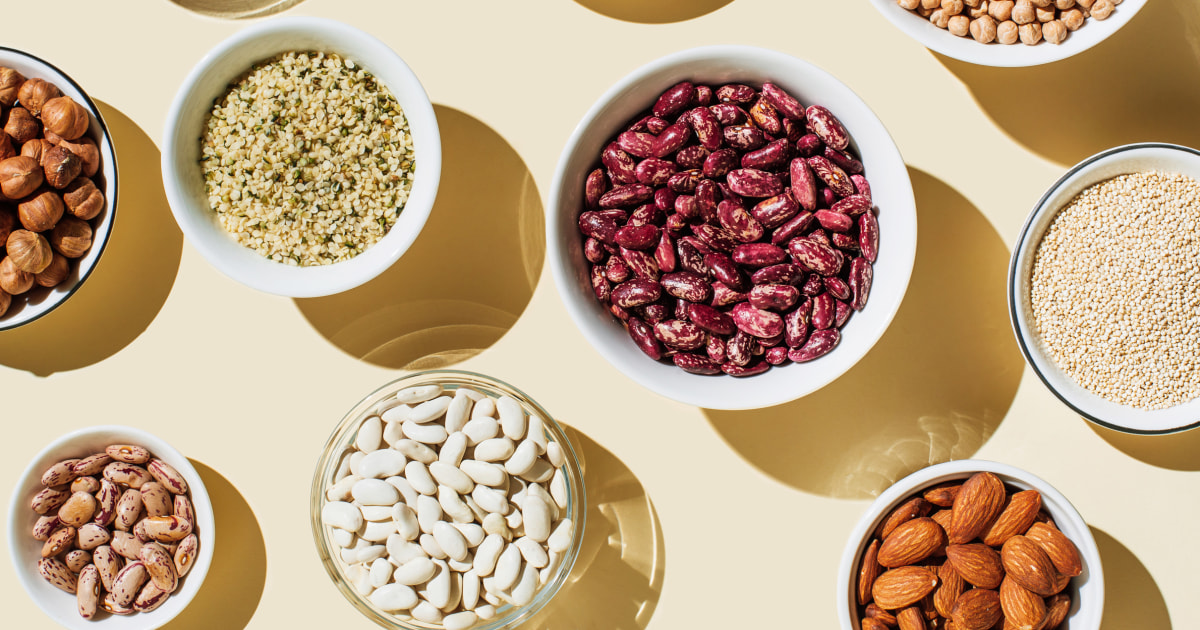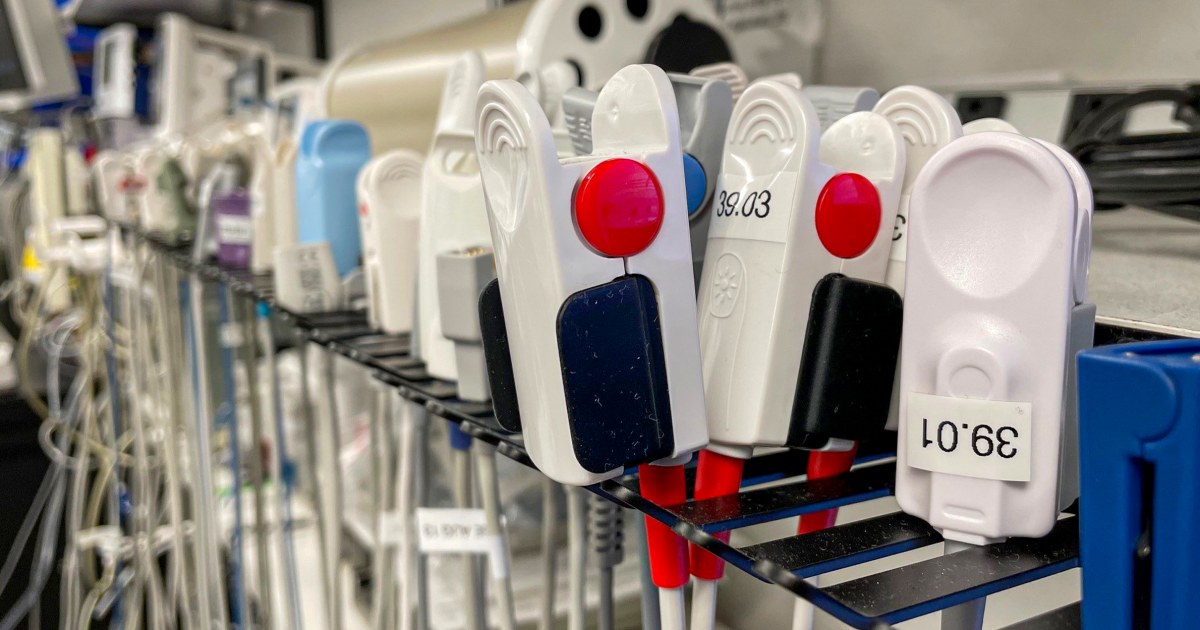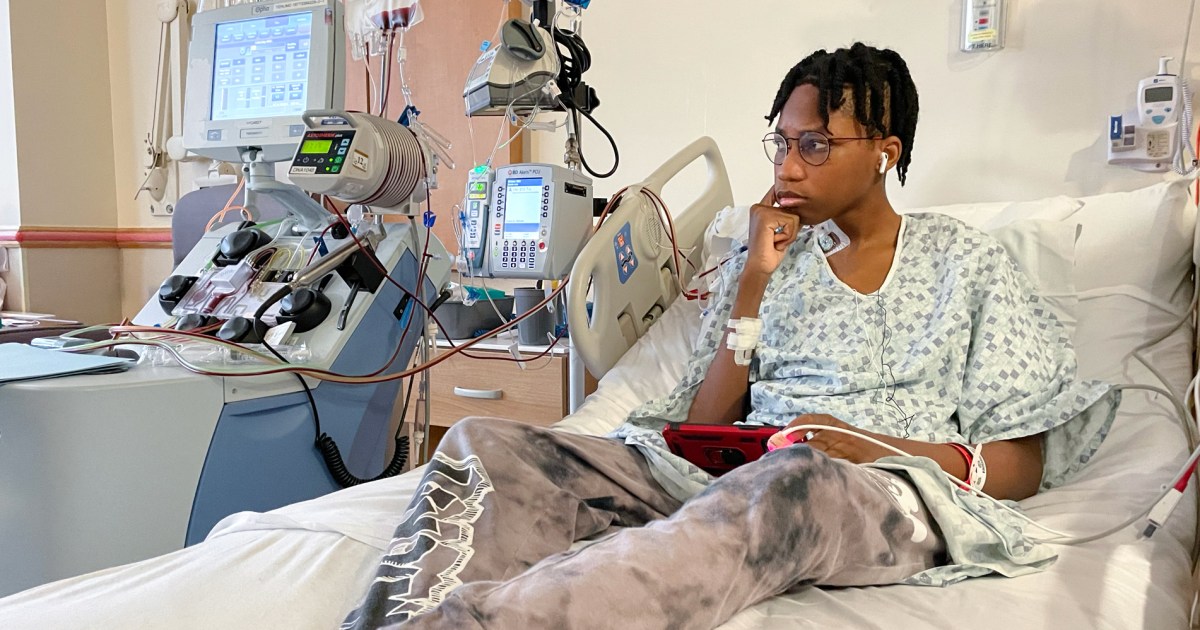Eating more fiber, which is found in whole grains, vegetables and fruits, might help protect against dangerous bacteria in the gut.
After analyzing samples from the gut microbiomes of more than 12,000 people hailing from 45 countries, researchers determined that people with high levels of a certain type of beneficial bacteria known as Faecalibacterium were more likely to have low levels of potentially fatal bacteria such as E. coli, according to the report published this month in Nature Microbiology.
The researchers also found that samples with high levels of Faecalibacterium had high levels of beneficial compounds called short-chain fatty acids, which are a byproduct from the breakdown of fiber. Research has indicated that having reduced levels of this type of bacteria is linked to inflammatory bowel or gastrointestinal conditions.
“The main takeaway from our study is that our gut microbiome plays an important role in reducing the growth of potentially harmful bacteria in our gut, and it seems this effect may be modulated through diet,” the study’s principle investigator, Alexandre Almeida, a research fellow at Cambridge University, told NBC News in an email.
The gut microbiome is a collection of microbes including bacteria, fungi and viruses that dwell in the gastrointestinal tract. Gut microbiomes vary from person to person.
The new findings suggest that eating high-fiber foods such as vegetables, beans and grains might help protect against harmful bacteria, he added.
More research on fiber and health
Almeida cautioned that the new study doesn’t prove that fiber protects against harmful bacteria. “This was an observational study performed on the gut microbiome of people at one point in time, so we need to be mindful that most of our results are based on associations,” he said. “This means that future work is needed to experimentally test whether certain things like fiber and other nutrients prevent the incidence of infections in a longer time span.”
Using stool samples from 65 studies across 45 countries, the scientists analyzed the bacterial makeup from 12,238 people. They found that the composition of a person’s microbiome could predict whether the person’s gut was likely to be overrun with harmful bacteria.
“This is an impressive analysis,” said Dr. Walter Willett, a professor of epidemiology and nutrition at the Harvard T.H. Chan School of Public Health and a professor of medicine at Harvard Medical School in Boston, who noted that it doesn’t prove that fiber affects a person’s susceptibility to harmful bacteria. “It’s one little piece of the puzzle. In the future it will be critical to include diet in the analysis.”
There are plenty of other reasons to consume the recommended amounts of fiber, Willett said. “There’s really solid evidence that fiber helps with diabetes, weight control and cardiovascular disease.”
Adults need 30 grams of fiber a day, Willett said.
Most Americans get only about 58% of that daily amount, according to U.S. Department of Agriculture research.
“But it’s not practical to count out the grams,” Willett said. “The simplest thing is to follow a couple of rules: Whenever you’re having grains, make sure they are whole grains, and eat a variety of fruits and vegetables. Just by doing that you’ll get plenty of fiber.”
Certain foods are especially high in fiber.
For example:
- Unsweetened bran cereal (14 g per ½ cup) versus toasted oat cereal (3 g per cup)
- Lima beans (13.2 g per cup) versus asparagus (2.9 g per cup)
- Pumpkin seeds (5.2 g per ounce) versus hazelnuts (2.8 g per ounce)
- Raspberries (8 g per cup) versus blueberries (3.6 g per cup)
“We don’t know from this study that eating more fiber will result in making more beneficial bacteria,” said Dr. Daniel Freedberg, a gastroenterologist and associate professor of medicine and epidemiology at the Columbia University Vagelos College of Physicians and Surgeons in New York City. “But there’s a lot of evidence suggesting that we do eat too little fiber.”
Certainly increasing fiber consumption would be good for people who don’t get enough.
“I see people with gastrointestinal conditions like constipation and diarrhea, and fiber is the only thing that is good for both,” Freedberg said.
A high-fiber diet might protect the colon, he added.
“There are some studies where people were briefly randomized to consume a very, very high-fiber diet or an ultraprocessed diet,” Freedberg said. “In their biopsies, you can see not-so-good changes in the colon tissues of people who consumed the ultraprocessed food.”










